Types of Mineral Inclusions with Photos
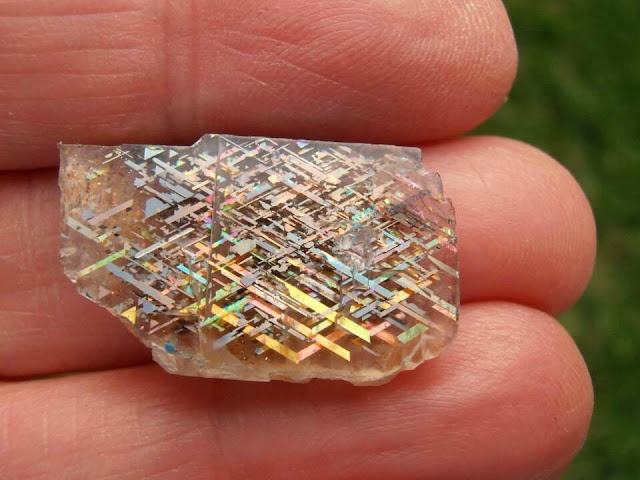 |
| Rainbow Lattice Sunstone from Mud Tank, Northern Territory, Australia. Photo © Kathy Kirk |
An inclusion is any material that is trapped inside a mineral during its formation. In gemology, an inclusion is a characteristic enclosed within a gemstone, or reaching its surface from the interior.
Inclusions are usually other minerals or rocks, but may also be water, gas or petroleum. Liquid or vapor inclusions are known as fluid inclusions. In the case of amber it is possible to find insects and plants as inclusions.
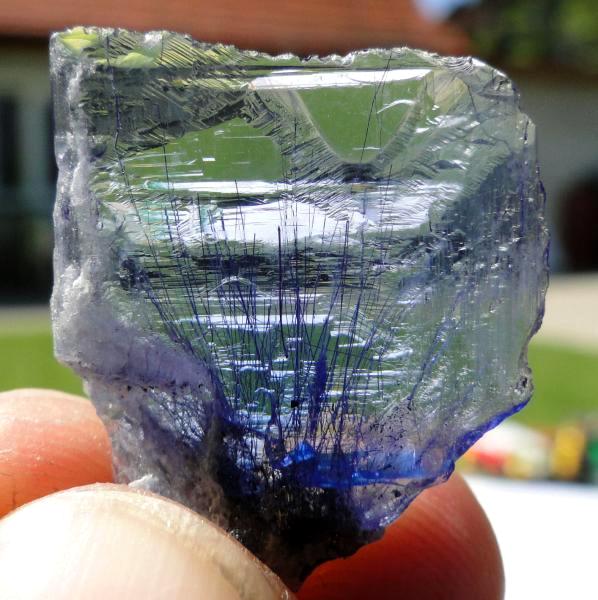 |
| Needle Inclusions in tanzanite. photo: Dawid Godziewski |
Types of Mineral Inclusions:
Liquid Inclusions
A liquid can be “trapped” within the growing crystal at any time during its growth – or – at some later date it can infiltrate into the crystal. In some instances it can result from the chemical dissolution of portion(s) of the Host Crystal and/or an included mineral.
 |
| Fluorescent Petroleum bubbles inclusion Quartz |
The chemical composition and even the temperature of such an included liquid (and/or gas) can be studied – and – the information obtained can provide invaluable details relating to the growth, etc., of that crystal and/or the “environment” in which it grew.
Gaseous Inclusions
These occur in essentially the same way as for liquid inclusions – and – in some instances one can be derived from (and/or changed to) the other as a result of pressure and/or temperature change.
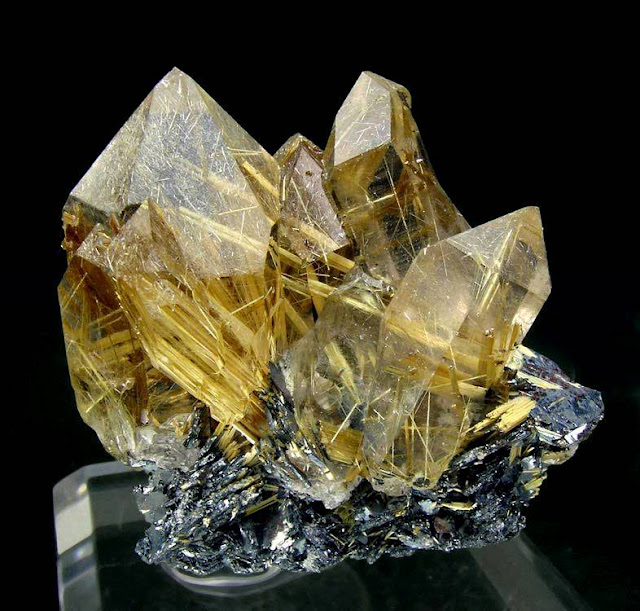 |
| Golden Rutilated Quartz cluster from Brazil |
Solid Inclusions:
The situation regarding an enclosed Solid Inclusion is, perhaps, even more complex :
- It could be a preexisting crystal (floating in a solution), which has been “entrapped” by the growing Host Crystal. This make a it an example of an Antegenic Inclusion.
- It may have been growing on the wall of a cavity and was, again, “entrapped” by the growing Host Crystal. Again, this is an example of an Antegenic Inclusion.
- It can occur as a result of the crystallisation of part of the liquid/gaseous chemical solutions “entrapped” within the Host Crystal.
- Depending on “when” this took place would determine whether it was an Antegenic Inclusion or Syngenetic Inclusion or Epigenetic Inclusion.
- It can occur as a result of crystallisation or recrystallisation of portion of the Host Crystal as a result of changes in temperature and/or pressure of the surrounding geological environment. This would make it an example of an Epigenetic Inclusion.
 |
| Natural Phantom Inclusion Ethiopian Welo Crystal Opal Credit: Castelltack |
Gemology
Inclusions are one of the most important factors when it comes to gem valuation. In many gemstones, such as diamonds, inclusions affect the clarity of the stone, diminishing the stone’s value. In some stones, however, such as star sapphires, the inclusion actually increases the value of the stone.
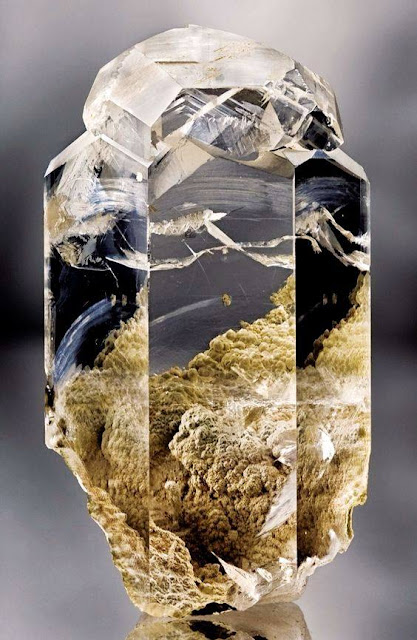 |
| RARE amazing calcite phantom from Verchniy Mine, Primorskiy Kray, Far-Eastern Region, Russia, Credit: Heritage Auctions |
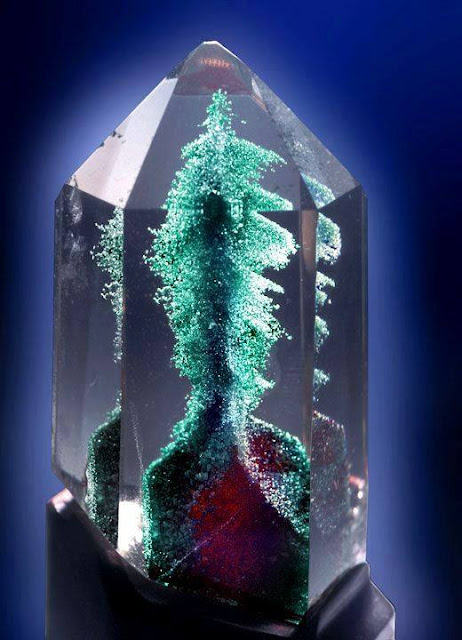 |
| Quartz with phantom (probably a secondary copper mineral) Looks like an erupting volcano. |